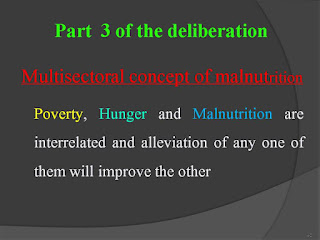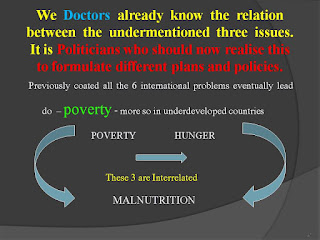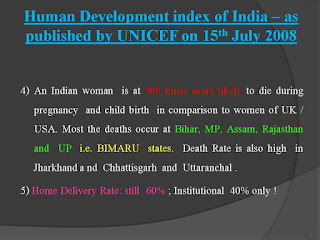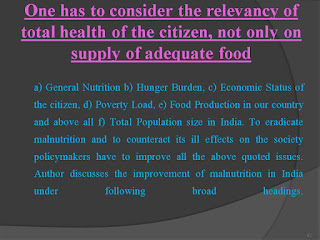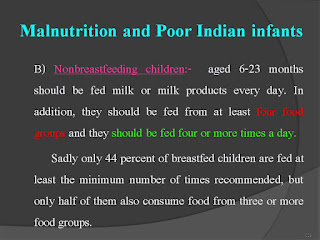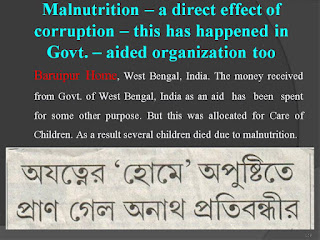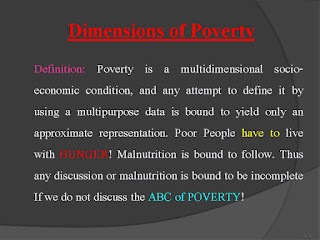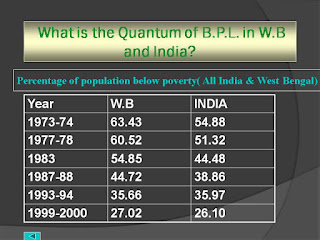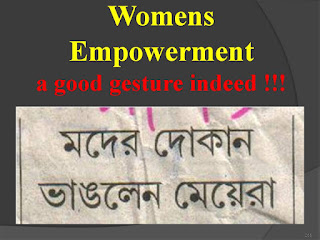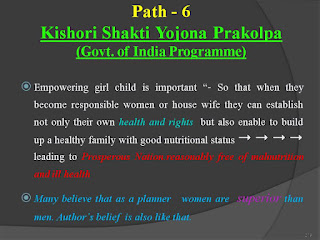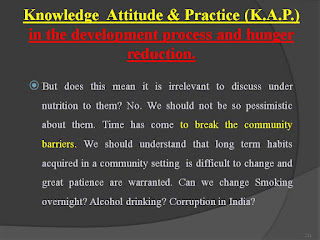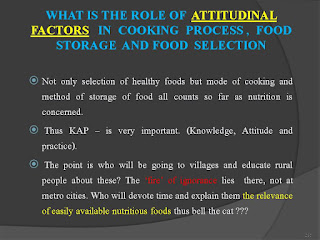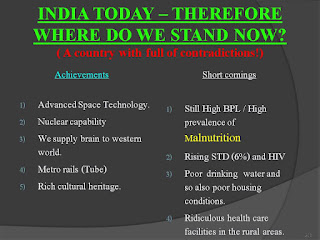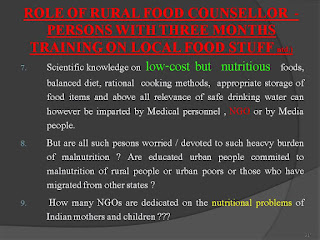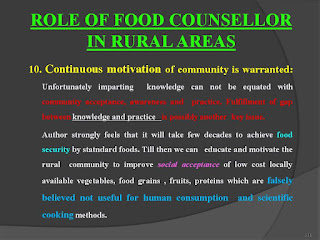Teenage pregnancy in India:
Nutrition in adolescent girls
in South Asia
·
Teenage pregnancy in India:
Over past decade, India has
successfully reduced the proportion of pregnancy between 15-19 years to half (16% during NFHS
3 in 2005-06 and 7.9% during NFHS 4 in 2015-16).
1 Still, the estimation by UNFPA
runs to 11.8 million teenage pregnancy for the country.
2 An early marriage inevitably put the adolescent girls at the risk of being
pregnant with low contraceptive awareness. High fertility and discontinued
education after marriage remain the other facets of concern but the greatest
threat of teenage pregnancy is higher rate of pregnancy-related complications,
leading to high mortality.
Through mass awareness and legislation, India tries to mitigate the burden of
early marriage. In addition, adolescent girls are being
introduced to basic knowledge of menstrual health as a sincere effort to come
out of social taboos. Even then, their families are not in favour of practicing
what the girls were taught, suggesting that mere training/ knowledge cannot
bring about changes in social perception in the country
.3 With the introduction of peer
educators, India is expecting to bridge this gap and addressing a sensitive
social and medical issue like teenage pregnancy.
References
1. International Institute for Population Sciences (IIPS) and Macro
International. National Family Health Survey 4, 2015-16: India Fact sheet.
Mumbai; 2017.
2. Inter-Parliamentary Union and World Health Organization. Child, early and
forced marriage legislation in 37 Asia-Pacific countries. World Health
Organization. Geneva. 2016.
3. Visaria L, Mishra RN. Health Training Programme for Adolescent Girls: Some
Lessons from India’s NGO Initiative. J Health Manag 2017;19(1):97-108.
Why India Has 16 Million Teenage Pregnancies
- 11 percent of the
world’s teenage pregnancies happen in India.
This
translates to 16 million women between the ages of 15-19 who become mothers
each year.
Shocked?
In
fact, India has one of the highest rates of early marriage in the world. The
recent National Family Health Survey (NFHS) estimates that 27 percent of girls
in India are married before their 18th birthday, that’s a third of all our
young women.
Therefore, it is not
surprising that we have one of the world’s highest numbers of teenage mothers,
given that in India, pregnancies occur in the context of marriage.
The Reason Why So Many Minors Get
Pregnant in India
Dr Niranjan Saggurti,
from the Population Council India, who pioneered research on young people’s
health and development, including sexual and reproductive health, says that the
need for contraception among adolescents is almost twice the need in case of
adult women.
(Photo: iStockphoto)
Law
enforcement hesitates to get involved, even though it is illegal for under 18
girls to marry. Largely because early marriage is sanctioned by culture and
social norm. The worst affected state is Bihar where 70 percent of women in
their early twenties are reportedly married by the age of 18.
When
girls start their periods, their potential to be married and bear children
takes primacy. They are married off early as families worry that they could
engage in romantic relationships, bringing “dishonour”.
Financial
considerations also play a role in early marriage. Dowry demands and
“suitability issues” increase with age. In addition, when a family has more
than one daughter, they find it economical to get both the younger and the
older one married at the same time to reduce cost of multiple weddings.
In
Indian culture, adolescents have little access to correct and comprehensive
information on family planning and access to contraceptives, whether married or
not. Wives too have little say in the number, timing and spacing of children.
All these factors, taken together increase the likelihood of teen pregnancies.
The
reality is that early marriage and consequently pregnancy is most often not the
result of a deliberate choice, but the absence of choices, and of circumstances
beyond a girl’s control. It is a consequence of little or no access to school,
employment, reliable information about healthcare, and poor utilisation of
health services and patriarchy.
Professor Sunil
Khanna, Oregon State University, who has worked extensively on adolescent health
in India, emphasises that childhood and youth – two of the most formative stage
of life – must never be disrupted by parenthood.
The Impact of Early Pregnancies
Maternal malnutrition
has a direct impact on the child, as it causes inter-generational malnutrition,
especially irreversible stunting. That has a severe impact on the health and
productivity of a nation.
Piyasree
Mukherjee, from Foundation for Mother and Child Health, meets mothers as young
as 18 already on their second pregnancy, weighing as low as 40 kilos, almost
every other day.
The
greatest threat of teenage pregnancy is higher rate of pregnancy-related
complications like anaemia , hypertension, hemorrhage and unsafe abortions. In
addition, malnutrition, sexually transmitted infections (STI) , cervical
cancers and the psychological issues are highly prevalent. This makes
adolescent pregnancies one of the most serious health and psychological threats
to young women in India.
Dr
Hema Divakar, Former President of Federation of Obstetric and Gynaecological
Societies of India (FOGSI), stresses that adolescents pregnancies are one of
the leading causes of the high burden of mother and neonatal deaths in India.
Multi-pronged
approaches like comprehensive sexual education, change in social norms by
involving village and community and religious leaders, through life skills
education of both girls and boys, access to contraception, setting up of
confidential and adolescent friendly clinics are helpful.
There
are many ongoing efforts to tackle this issue, especially through path-breaking
research, leading to adolescent friendly programs by various stakeholders.
Dr Atul Mittal, part
of the Maternal and Child Survival Program (MCSP), says that it is essential to
ensure youth-friendly sexual and reproductive health services with
confidentiality and privacy as non-negotiables.
Children
as mothers, do not just have consequences for the mothers and the newborns, but
have a huge ranging implication for our society and our economy.
And
though over past decade, India has successfully reduced the proportion of
pregnancy between 15-19 years to half (16 percent during NFHS 3 in 2005-06 and
7.9 percent during NFHS 4 in 2015-16), we have miles to go before we sleep.
(D








































